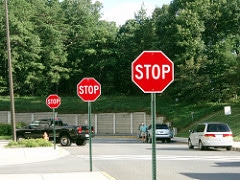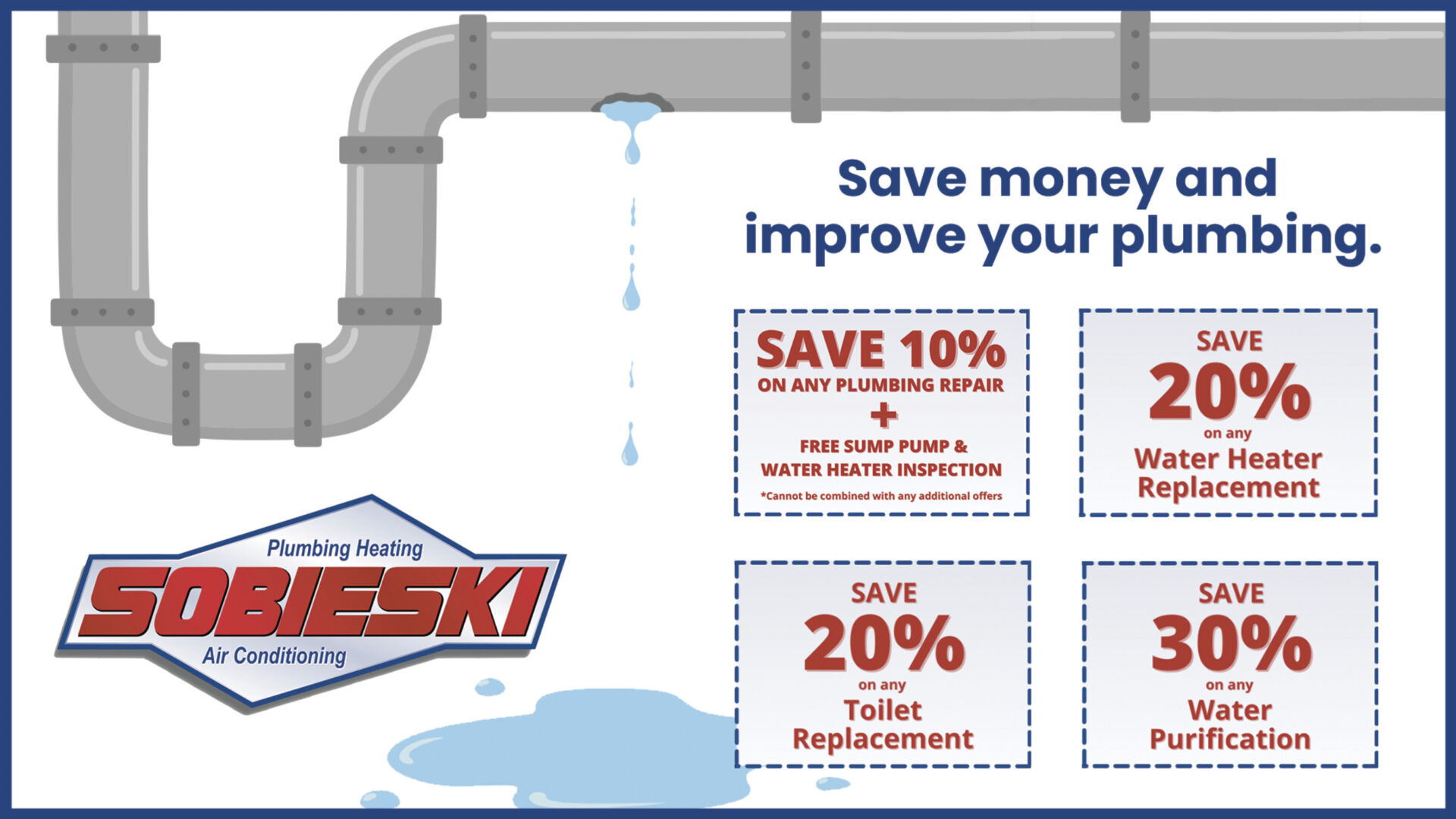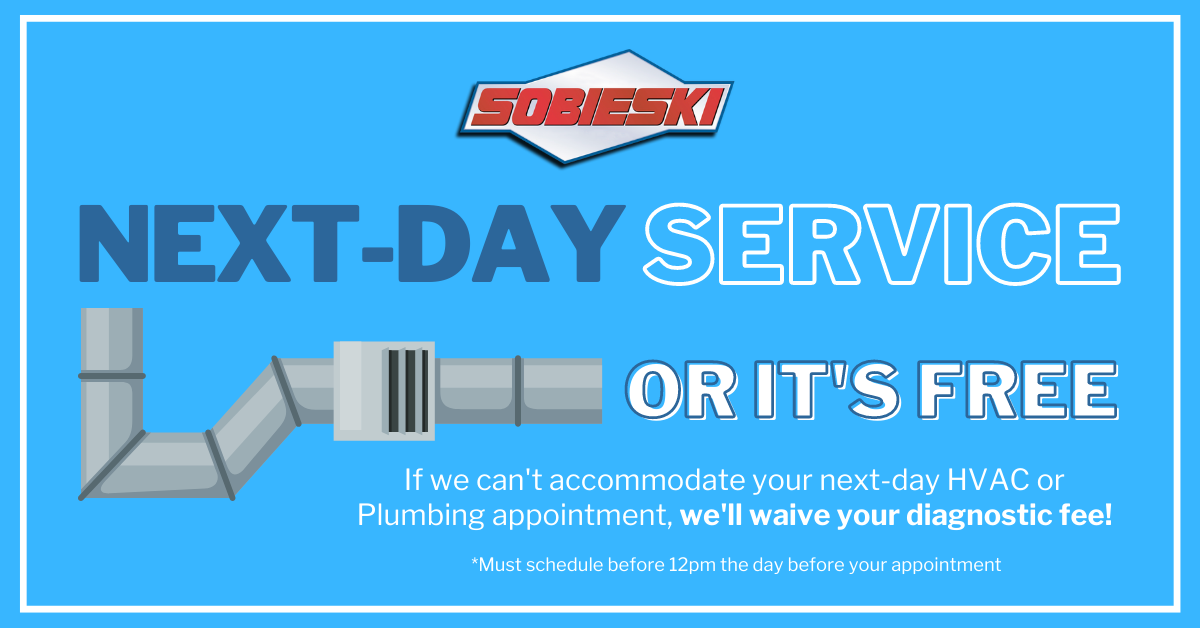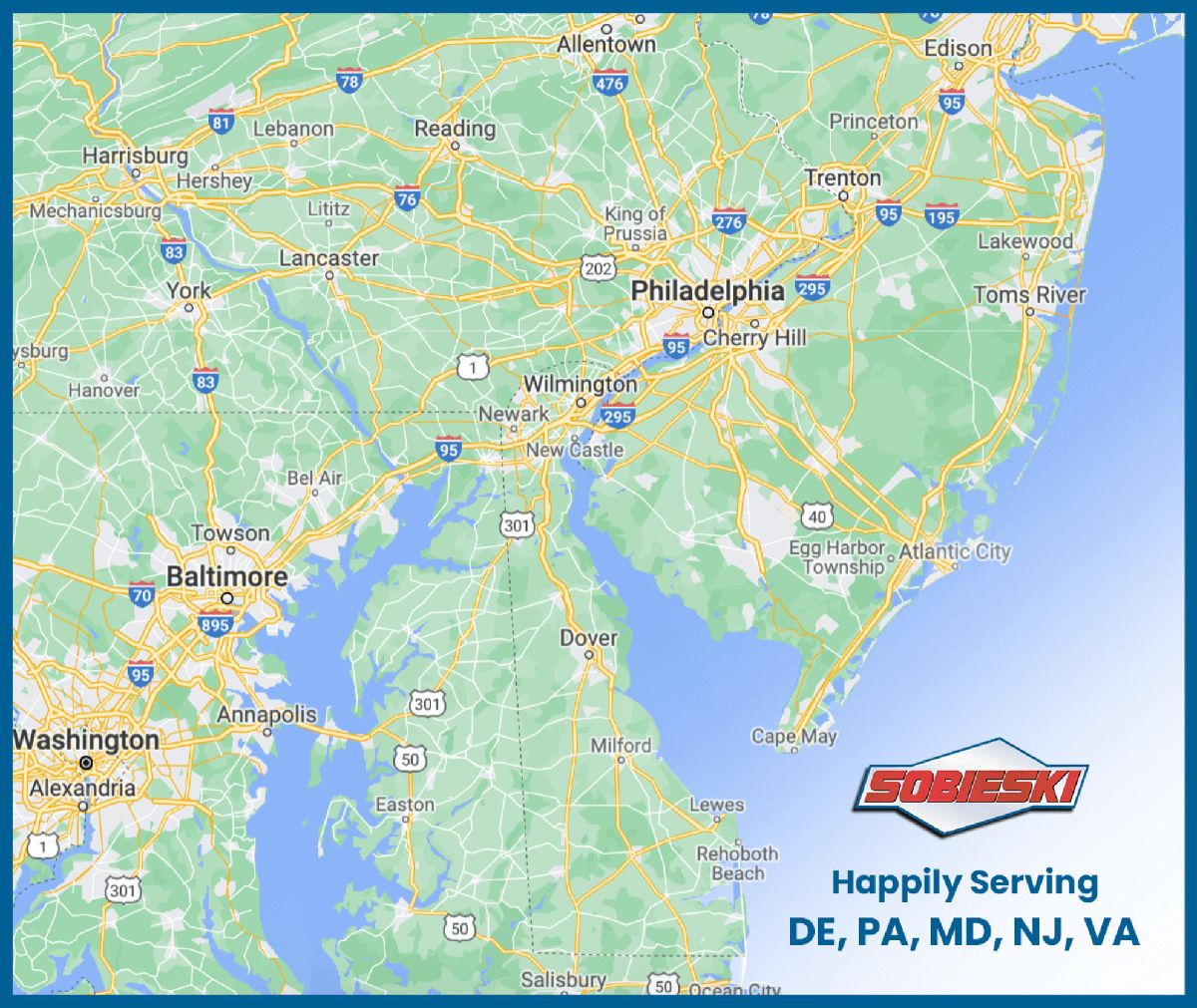Telling Signs of a Main Sewer Drain Clog

Knowing the early signs of a main sewer drain clog could help you avert a major plumbing emergency in your home. Slow drains and clogged pipes are nothing new for most homeowners, but a blockage in the sewer line can quickly create damage to your home and create a major health hazard.
Sounds From the Toilet
As your sewer line starts to slow, toilets are usually the first plumbing fixture to malfunction. You may hear gurgling or bubbling sounds that seem as if air is coming up through the toilet. These sounds occur randomly regardless of whether you’re using the plumbing system or not.
Toilets Won’t Flush Completely
When you flush a toilet, the contents won’t drain away completely, and incoming water will fill and possibly flood the bowl. It may recede by using a plunger or naturally on its own over time. However, the bowl will flood again the next time it’s used. If you’ve repeatedly tried plunging or snaking the toilets unsuccessfully, there is likely a clog somewhere in the sewer line.
Toilet Changes Its Water Level
Fill the sink closest to the toilet with water and let it drain. If it’s a clogged sewer line, the toilet water level will fluctuate.
Low-Lying Plumbing Drains Back Up
The plumbing fixtures at lower levels in your home sometimes show signs of a main sewer drain clog early on. You can test it by flushing a toilet, using the clothes washer or running the dishwasher, all of which release large amounts of water at once. How much water backs up depends on how serious the clog is in the sewer line. Unless the clog is tightly compacted inside the sewer pipe, some drainage will occur, albeit slowly.
If you’re seeing the signs of a main sewer drain clog, contact Sobeiski Services immediately.
Our goal is to help our customers in Delaware, Pennsylvania, Maryland and New Jersey learn more about energy and home comfort issues – especially HVAC and plumbing issues – to save money and live in healthier, more comfortable homes.
Photo Credit: si_si_ay via Compfight cc







